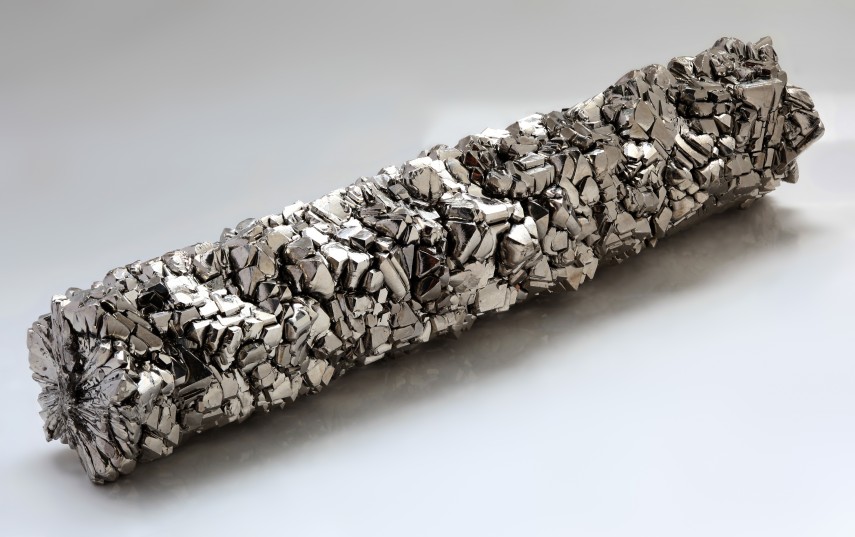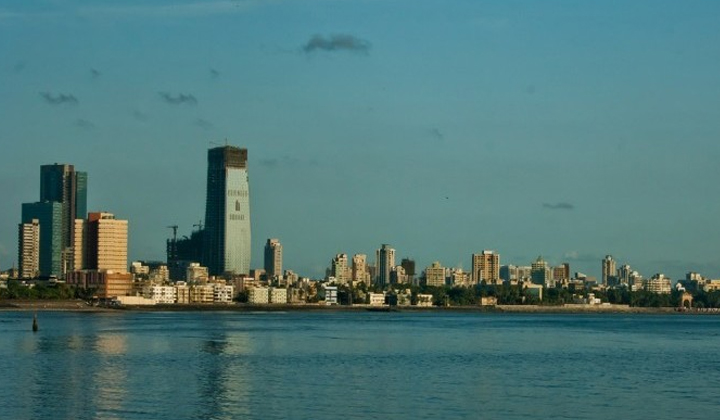Trending Now
- Action should be taken against the cops who protect the Ganja accused in TN : PMK leader Anbumani Ramdoss
- Votes that go to Congress or INDI alliance is a waste : PM Modi
- Court grants one-day custody to police to investigate Youtuber Savukku Shankar.
- We actually got our independence only in 2014. The independence to change this country as it should be : Actor , politician, Kangana Ranaut
Real Estate
Testing New Metal: How ‘Super Steel’ May Change The Way We Build
![]() February 21, 2016
February 21, 2016
Shanu
In Ayn Rand’s last novel Atlas Shrugged, when a new alloy, Rearden Metal, was placed on the market after 10 years of experiment, there found no takers. However, a railroad tycoon in the novel decided that her rails were going to be built of Rearden Metal. She was convinced that it was “tougher than steel, cheaper than steel and will outlast any hunk of metal in existence”. When she pledged to ride on the first train along with the inventor of the alloy, people placed orders. Not many engineers were willing to risk their lives driving the first train on the line. When her critics asked what she would do if it fails, she said, “When I see things, I see them.” Later, Rearden Metal became such a huge success that people could not get enough of it. Today, we live more comfortably than kings of the past because such innovators went ahead, regardless of what everybody else thought.
Much similar to the instance in Rand’s novel, a team of material scientists at Pohang University of Science and Technology in South Korea have invented a new alloy. It has a strength-to-weight ratio comparable to that of the best titanium alloys, but costs one-tenth. However, for the new alloy to make housing more affordable, scientists have to find a way to prevent it from oxidising when exposed to air. They are unable to mass produce the new alloy. The history of building materials is full of such challenges that innovators overcame because they were as bold as the creators of Rearden Metal.
Bricks were around for nearly 6,000 years but few knew to make good ones. In 1810, when a cleric, Sidney Smith, tried to make bricks for his own rectory, he fired 150,000 bricks before he admitted to himself that he was no good.
Long ago, railway boilers were made of cast iron. But, they often exploded. Iron never really caught on in housing because it splintered and fractured. Imperfections in building structures were hard to spot. In 1860, the cast iron columns supporting the roof of a textile factory in Lawrence, Massachusetts, collapsed like a pack of cards, killing over 200 workers. Once, when a passenger train crossed over the Ashtabula River in Ohio, the bridge collapsed, killing 76 people. Such accidents, large and small, were very common.
But, steel was superior. Like the new allow, steel was better in every possible way. Like the new alloy, no one knew to mass produce it. Mass production required a high volume of heat. Like the new ally, steel, too, was once not fit for making beams and rails. People made swords and razors out of steel, but not skyscrapers or railroads. But, an English businessman, Henry Bessemer, once decided to blow air into molten pig iron to make heavy guns. Everybody believed that it would cause a large explosion. But, Bessemer went ahead.
There was no large explosion, but a flame of high intensity. Hard steel was born. Housing became cheaper. Buildings, railroads and bridges became stronger. If Bessemer had not blown air into molten pig iron, we would have never seen skyscrapers. However, blowing air into molten pig iron was barely enough. Much of the research on steel in the 19th century was done in Europe. But, before J P Morgan amalgamated many small companies to form US Steel Corporation, steel was not produced on a large scale.
All building materials we use today have a similar history. We take them so much for granted, but there was someone who pledged his own life to see what no one had ever seen.
























